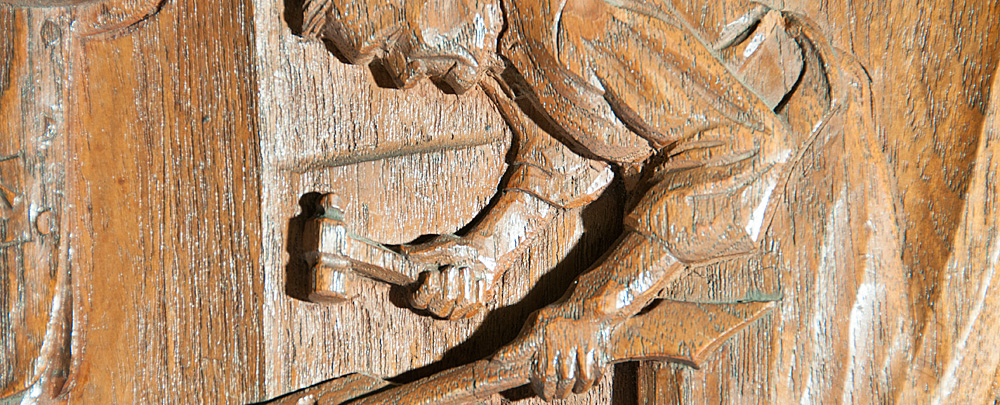|
REMEMBERING THE MEN WHO DIED
As the light was fading on a cold January afternoon in 1959 some 30 people gathered at the offices of the Peace Pledge Union in Dick Sheppard House. This was an unusual event whose origin lay in the dark days of World War One and the full story of which had only then come to light.
A few years after the end of the 1914-18 war when all the conscientious objectors returned home from the various Home Office schemes and prisons, many reflected on their experiences and what this meant for the future. They tried to return to their past lives facing the extra difficulty of the prejudice of employers against those who refused to fight. Many were moved to continue their objection to war and as the No Conscription Fellowship closed down a new organisation – No More War - was formed. They had failed to stop that war but were determined to ensure that another one would not happen again. Some also wanted to remember their dead comrades who had died.
Late in 1923 a group of conscientious objectors in Liverpool decided that the conscientious objectors who died should be remembered and decided that a wooden commemorative plaque would be a suitable memorial. Dorothy Stevens carved the tablet based on a design by Arthur Walls, a former objector who was finally released from Wormwood Scrubs in April 1919, five months after the November Armistice. The tablet lists the names of 70 British objectors who had died as a result of their imprisonment. Recent research has uncovered many more and the number has risen to over 100. In the spirit of international solidarity the tablet was presented to Martha Steinitz, then secretary of the Berlin branch of the War Resisters’ International.
The extraordinary story of the tablet after it was passed on to Martha was recounted to the ‘old lags’ (COs who had been in prison) gathered at Dick Sheppard House by Harold Bing, another WW1 CO. Harold, who had spent a number of years in gaol, had returned from a peace meeting in Denmark with the tablet and the story of its travels.
Martha passed the tablet to Dr Arnold Kalisch who now looked after the Berlin WRI matters and edited two German pacifist papers. In 1933, when Hitler came to power, he destroyed all the membership files, packed his bags and the tablet and moved to Denmark. But the war followed him and he was arrested shortly after Germany occupied Denmark but eventually succeeded in escaping to Sweden. Meanwhile a friend managed to hide the plaque in a cellar, which Arnold was able to retrieve after the war.
When Arnold died in 1957 his widow wanted it to be returned to Britain and thought the best place for it would be at the Peace Pledge Union offices.
People were fascinated by the story and wished that many more of the other old lags that sent their regrets at not being at the reunion had been able to hear the story of the tablet’s travels and providential survival. Many also remembered the COs named on the tablet. There was the CO who died after having his lungs filled with porridge, or another who was put in a cell just vacated by a influenza victim and became one of the 50 million plus victims of the flu pandemic that originated in the vast British military camp in Etaples. Second from last on the list, was Walter Roberts, one of the first and youngest COs to die in the grim conditions of Dyce quarry.
As the light outside faded Fred Murfin, now 70 years old, unveiled the tablet. Fred was one of the COs taken to France by the army and condemned to death. The sentence was ‘mercifully’ commuted to 10 years hard labour.
It was an emotional meeting, so many old friends, so many memories and so many who had not been able to attend. All felt an opportunity for more people to meet was needed. This took place later in the year on Prisoners for Peace Day, December 1st at the Gandhi Memorial Hall. Michael Tippett, a CO in WW2 and Fenner Brockway, the originator of the WW1 No Conscription Fellowship, joined the many other old lags from both wars. Much missed was the hoped-for music from Benjamin Britten and Peter Pears. Both were on tour in Germany at the time.
To coincide with the Benjamin Britten Centenary a BBC documentary explored the social and political background to the pacifism which was central to his creative vision and that of his fellow composer Michael Tippett.
|


